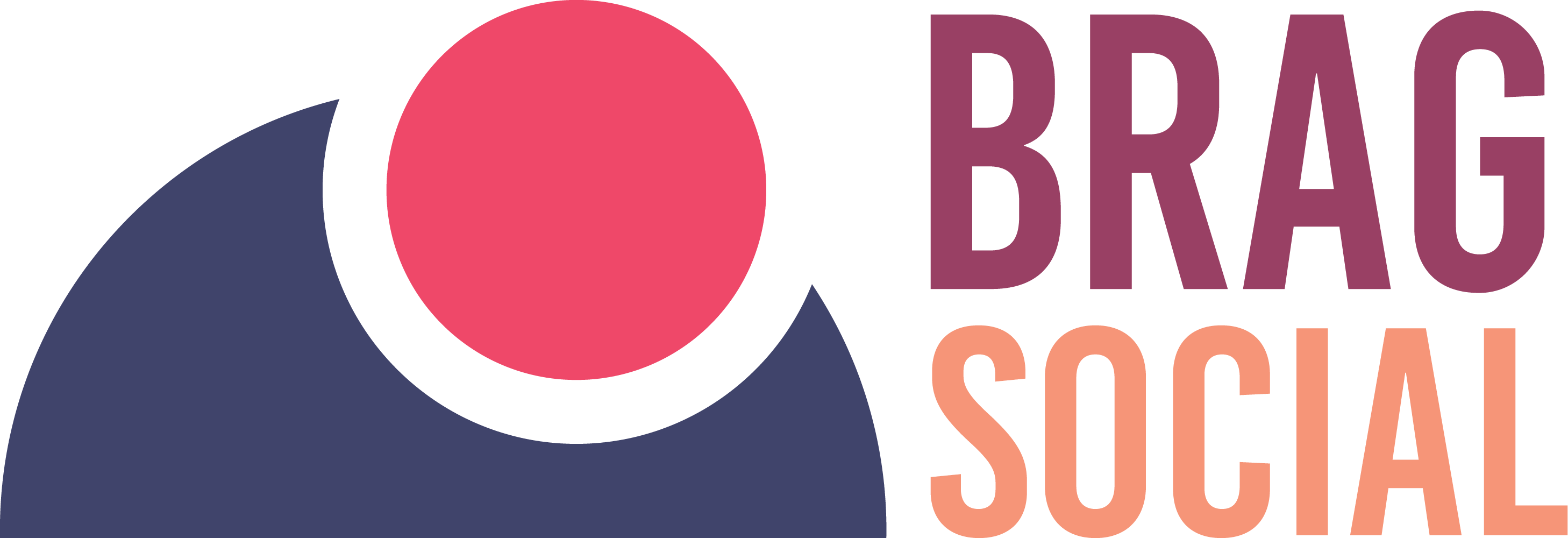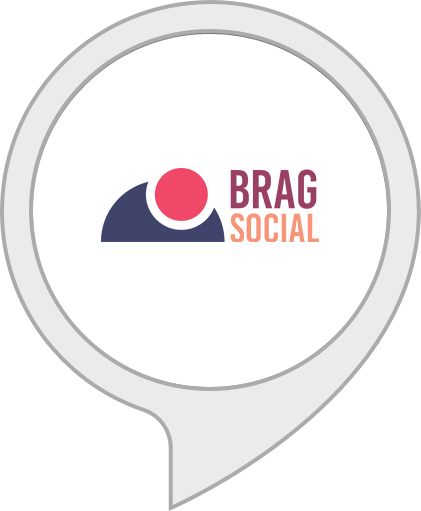
There has been a dramatic change over these months with the COVID-19 pandemic in all the aspects and spheres of our lives. Apart from the direct influence seen in the economy, climate, jobs, etc. The impact on social lives rather substantially digitalizing social life is still not in the limelight. Lockdown confined our lives to our homes and we confined it even more to the screens of our devices and minimal human interaction. Do you remember the last time you hugged your friend or anybody close to you? Neither do I.
The social lives of people are bearing the brunt of the COVID-19 pandemic. The reason being the implementation of lockdown and social-distancing norms. Anything and everything has been taken care of, by the online platforms. For a long time yet, the surprising jump this year has seen is remarkable. The recent warning from the World Health Organization (WHO), that the novel coronavirus may never leave our lives ever again. It has made it quite evident that the changes introduced in our lives with the outbreak of the virus seem pretty far away from the term “temporary”.
The facts and stats
The world’s digital behavior has gone through a significant change this year. As billions turned to their devices and social media to cope with the mental, economic, and lacking socialization pressure. According to the Digital 2020 April Global Statshot Report, extraordinary trends have been seen in the usual data points about the use of the internet, social media, and mobile devices. In countries with the strictest lockdowns, there have been big jumps in the digital activity by the people and a significant rise in the usage of social media while video calling took the center stage due to self-isolation.
According to the latest data, both the number of internet users and social media users, have increased by 300 million over the year. 4.57 billion people are using the internet and social media users have reached 3.81 billion users now suggesting that the key milestone of global social media use reaching 50% penetration mark would likely be passed this year as roughly two-thirds of the world’s total population is using a mobile phone nowadays.
The contribution of lockdown is quite evident by the fact that more than three-quarters of 76% of the internet users between the age of 16-64 years reported that they are spending more time with their smartphones as compared to the pre-lockdown behavior. The only source of communication and link with the outside world and people is through social media platforms therefore, WhatsApp, Facebook, YouTube, Twitter, etc. have all seen solid growth inactive users. In Italy alone, the number of group calls on Facebook has increased by more than 1,000% in March. The amount of time spent using Snapchat and TikTok has grown considerably high.
Some key points or headlines from the 2020 statistics are-
- More than 500 billion YouTube videos are seen every day- roughly 1 billion hours of YouTube videos each day
- More than 1 billion users and 500 million active users on Instagram.
- On average, over 210 million snaps are created by the users every day on Snapchat(2020).
- Facebook- the world’s third-most visited website, has almost 2.41 billion monthly active users.
Video calling is the new future of socialization
Video calling applications have become the center of attraction. Due to the unique challenges possessed by the pandemic, for work, meetings, or just catching up with friends. The Zoom application gives clear evidence that despite the lingering concern about privacy, it recorded around 200 million daily active users. Other applications as well like Hangout Meet, Houseparty, have seen a similar response. As well as the increase in usage of video calling features provided by other social media platforms like WhatsApp, Instagram, etcetera.
The detrimental psychology and habits
Depending on our experiences of lockdown, a varying effect would be seen among people about the social habits. Some people may want to stick to the “work from home” measure and got comfortable with it. Others may have established a routine of video calling friends and relatives. People may have become used to getting things delivered to their doorsteps and want to stick to their habits now. There are a lot of underlying issues that we would have to fight as situations are likely to demand with passing time.
We have entered a very complicated phase where safety becomes our first concern whenever we see any human being around us. It does not matter whether the person is healthy or infected. Following social distancing norms, maintaining hygiene, the fear, suspicion and our mind baffling amidst all these thoughts about how to show gratitude. The drastic changes that have been introduced in our lives by this pandemic have altered our social habits forcing us to prefer digitalized socializing and as told by the experts, its effects are going to continue post-lockdown as well.
In a way, the society is saving itself and trying to defeat the mammoth pandemic by putting the conventional social connect at stake and weakening the bonds. Moreover, this havoc unleashed by the asymptomatic nature of COVID-19. The isolation has increased depression, stress, anxiety, and fear in all people. Social disconnectedness, uncertain future about academic year or jobs has made it more like a phobia. Therefore, fueling mental health issues and even PTSD. Yet again, meddling with the lives of the social animals- human beings.
The Positive Aspects
The brighter side is that we have realized the importance of what we had before the pandemic. The privilege of hanging out with friends, family, family outings, going on dates, etcetera. People are taking this time to retrospect what they have been taking for granted. This extended lack of human interaction is prompting us to realize how valuable social interactions are. The replacement to physical human interactions has merit. But, we are also discovering that they are tiring and not soothing or satisfying in the long run.
“Something is lost yet something is found. Some things have changed while some stayed the same.”
The countries like Spain, Germany, Italy, Austria, etcetera have started to ease the measures and regulations. It still does not clear immediately. The possibility of trying to recreate the life people had before lockdown seems like a wish in the wish list of people. Online communication helps in creating more and more connections but the distance still prevails. Flat images on the screen cannot replace the physical presence eliminating loneliness. Our next steps would be towards normalcy while facing social constraints. What cannot be overlooked is that we still have to deal with the prevailing effects. The need to protect oneself from the lethal virus is our priority, now.
As we all know, it is difficult to undo a habit. There is a real likelihood that these social media habits and addiction among people would outlast the pandemic. Also, the digital interaction would become a legacy of coronavirus for social beings. It is uncertain to what extent will they continue until people can socialize like they used to do in person before the pandemic.
Conclusion
These new trends and habits have resulted due to the sudden increase in spare time. Moreover, we still hope that returning to pre-lockdown levels. The return to work or colleges/schools, would bring the balance back and people. But, we will have to keep in mind the basic norm, the safety and well-being knowing the nature of this virus. As we all would once again socialize with others in the physical world as well.
For the sake of our safety as well as the people around us, we need to cooperate and comply with the norms and government regulations. And not let the complexity of this situation make us vulnerable. This is a very crucial stage and all the people need to buckle up. Adhere to the duties as a responsible citizen and act responsibly. It’s time to show our sense of solidarity and unity. Supporting each other in a hard time is the basic foundation of the social wellbeing of society. A healthy mind and body can get through everything.
Wash your hands, eat, rest, give the continuously refreshing news feed rest and hold on to the positives.





